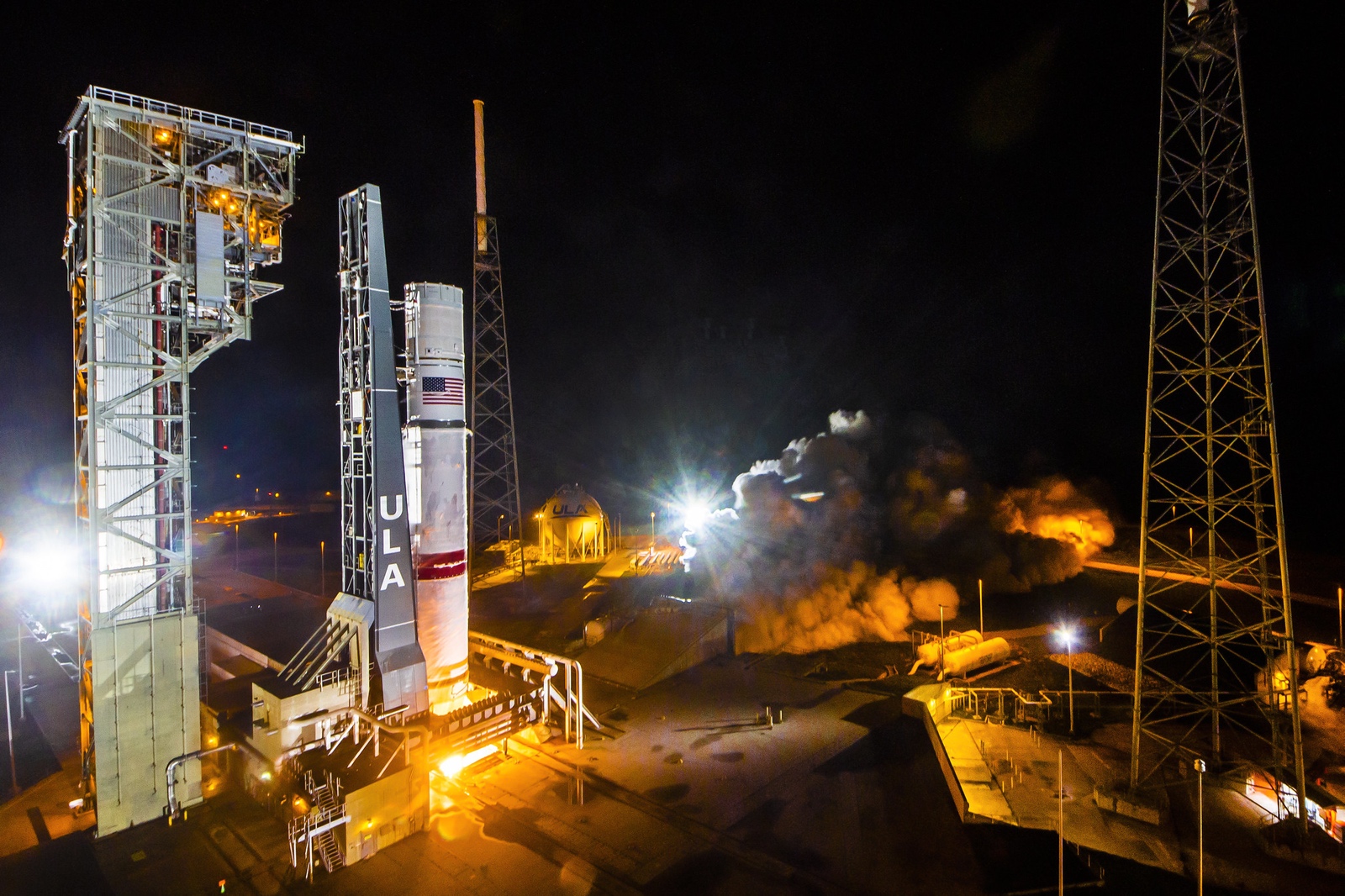WASHINGTON — The inaugural launch of United Launch Alliance’s Vulcan Centaur rocket faces new delays after the company said it needs to make “minor reinforcements” to part of the Centaur upper stage.
In a brief statement early June 24, ULA said it would remove the Centaur upper stage that had been installed on the Vulcan booster at Cape Canaveral for that inaugural launch and ship it back to the company’s Decatur, Alabama, factory. The Vulcan booster will remain at the Cape, stored in a horizontal processing facility.
The decision to destack the rocket came after ULA completed the investigation into an anomaly during a March 29 test of a Centaur at NASA’s Marshall Space Flight Center. Hydrogen leaked from the Centaur, accumulated inside the test stand and ignited, damaging the stage.
ULA said in the statement it had identified the root cause of that incident and necessary corrective actions. “Centaur’s thin-walled pressure stabilized tanks require minor reinforcement at the top of the forward dome prior to flight. We plan to de-stack the Vulcan rocket and return the Centaur V to Decatur for modifications,” the company stated.
The company said it has several Centaur stages at Decatur, one of which will be used to complete the qualification testing interrupted by the March incident.
ULA did not disclose a schedule for completing that testing, modifying the Centaur or rescheduling the inaugural launch of Centaur, a mission called Cert-1 by the company. The company said it will host a media teleconference in the next few weeks to provide more details.
In an interview in May, Tory Bruno, president and chief executive of ULA, said that if the Centaur required no modifications he expected the Cert-1 launch to take place in early summer. If Centaur modifications are needed, that launch would be further delayed, “but I don’t expect it to get out of the year.”
At the time of that interview, the last major test for Vulcan before its first launch was a static-fire test of the booster’s BE-4 engines on the pad, called the Flight Readiness Firing. That test took place June 7, and in the new statement ULA said it completed the review of data from the firing and concluded “all test objectives were successfully achieved.”
The Cert-1 launch, when it does take place, will carry as its primary payload Astrobotic’s Peregrine lunar lander. Also on the rocket will be two prototype satellites for Amazon’s Project Kuiper broadband constellation as well as a payload for space memorial company Celestis.
